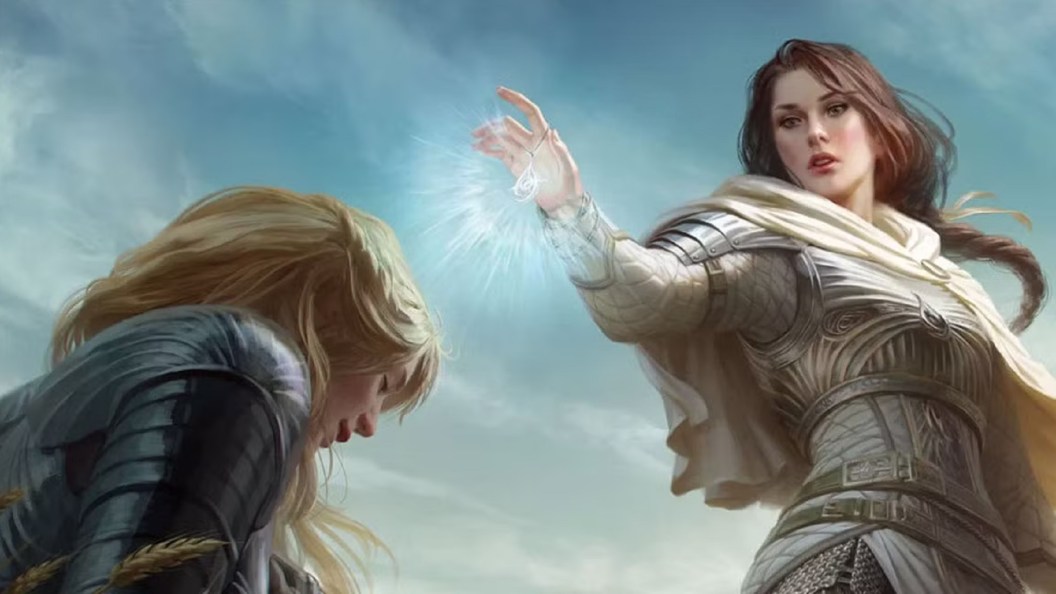
From spells to locations and everything in between, Dungeons and Dragons has a lot of lore and background information. If you’re a new player, then this can be rather intimidating. Like any other aspect in DnD, there’s an abundance of deities, and if you want to play as a cleric or plan on having your character worship a deity even if that’s not the source of their power, then you can end up easily overwhelmed. It doesn’t help that some deities get a lot more attention than others, especially ones like Shar and Selûne who appeared in Baldur’s Gate 3’s main story. However, there are plenty of other deities that end up overlooked.
Players can get creative with religion in DnD thanks to the wide variety of deities included in the game’s lore. If you want to add some flavor to your character and aren’t sure how to do it, taking a look at some of the interesting deities can be a great place to start.
1. Urdlen The Crawler Below
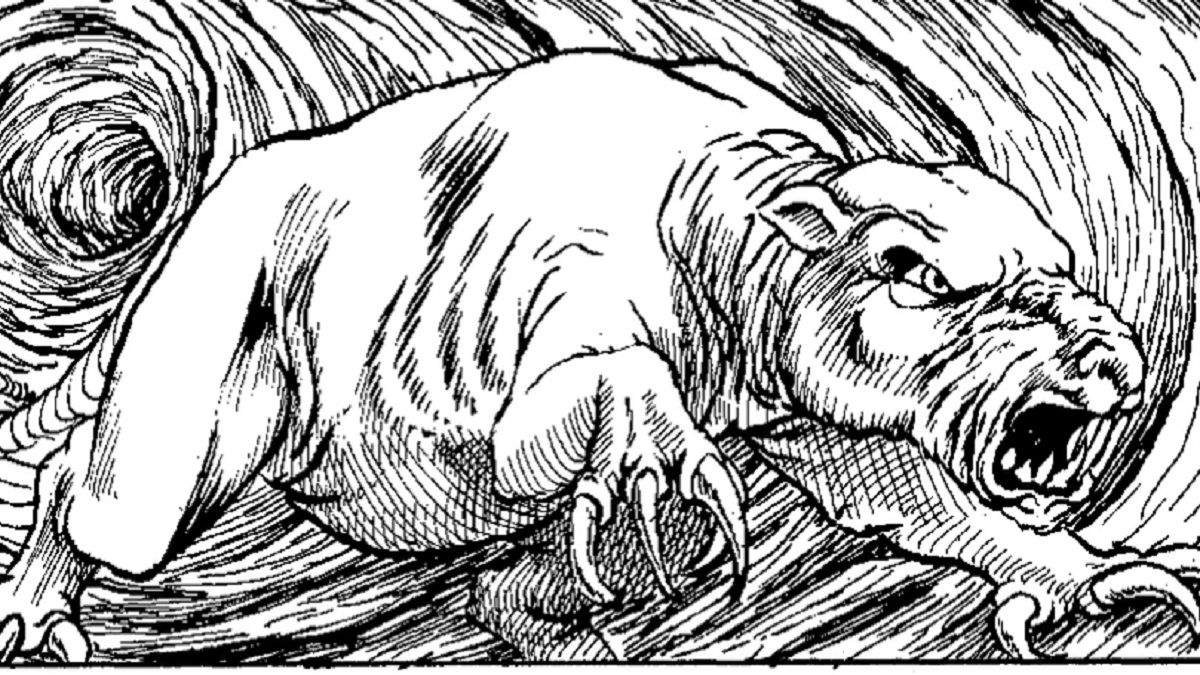
Urdlen is a gnomish deity that doesn’t get along with the other gnomish deities, partially because it hates all of them and is the only evil deity among them. In addition to making enemies with the other gnomish deities, Urdlen made enemies with the gods of halflings, dwarves, and kobolds.
You might find it tough to work in worshiping Urdlen depending on the campaign’s setting, especially if it’s not revolving around a group of evil-aligned characters. But if you’re a death or war domain cleric, Urdlen is one of your options for a deity. Since it encourages its followers to kill all living things, giving it offerings should be simple enough if your party plans on causing a bit of chaos.
2. Eilistraee The Dark Maiden

Eilistraee is the daughter of Lolth. But unlike her mother, she falls into the chaotic good category, which helps make her a viable option to worship in a lot of campaigns. This is especially true if you want to play a drow without being evil, since Eilistraee’s whole theme is freedom and beauty. She wants the drow to have the choice to enjoy life on the surface.
Her worshipers are generally drow, and for clerics, she’s an option for the light, nature, and life domains. Compared to Urdlen, it’s much easier to work a worshiper of Eilistraee into a campaign, and it could be a fun choice if another player is worshiping an ally of hers, which includes deities such as Mystra and Selûne.
3. Beshaba, Lady Doom

Beshaba is the counterpart of her twin sister, the goddess Tymora. While Tymora is the goddess of fortune, Beshaba is the goddess of misfortune. She’s a chaotic evil goddess, and you could choose to worship her if you pick a cleric in the trickery domain. What makes Beshaba interesting is that her worshipers give her offerings in order to keep her from targeting them with her misfortune. After all, she’s known to be both petty and insane.
4. Garl Glittergold The Watchful Protector

Garl Glittergold is a gnome deity, but he doesn’t get that many mentions, making information about him rather scarce. He’s a lawful good deity, but for clerics, he’s limited to the trickery domain. The reason behind that is why he’s interesting, and it’s because he loves jokes. He’s honored every month with Communals of Laughter, which include joke-telling contests. If there’s a cleric of Garl in the campaign, you need to take the opportunity to go to a Communal of Laughter.
5. Mask The Lord of Shadows
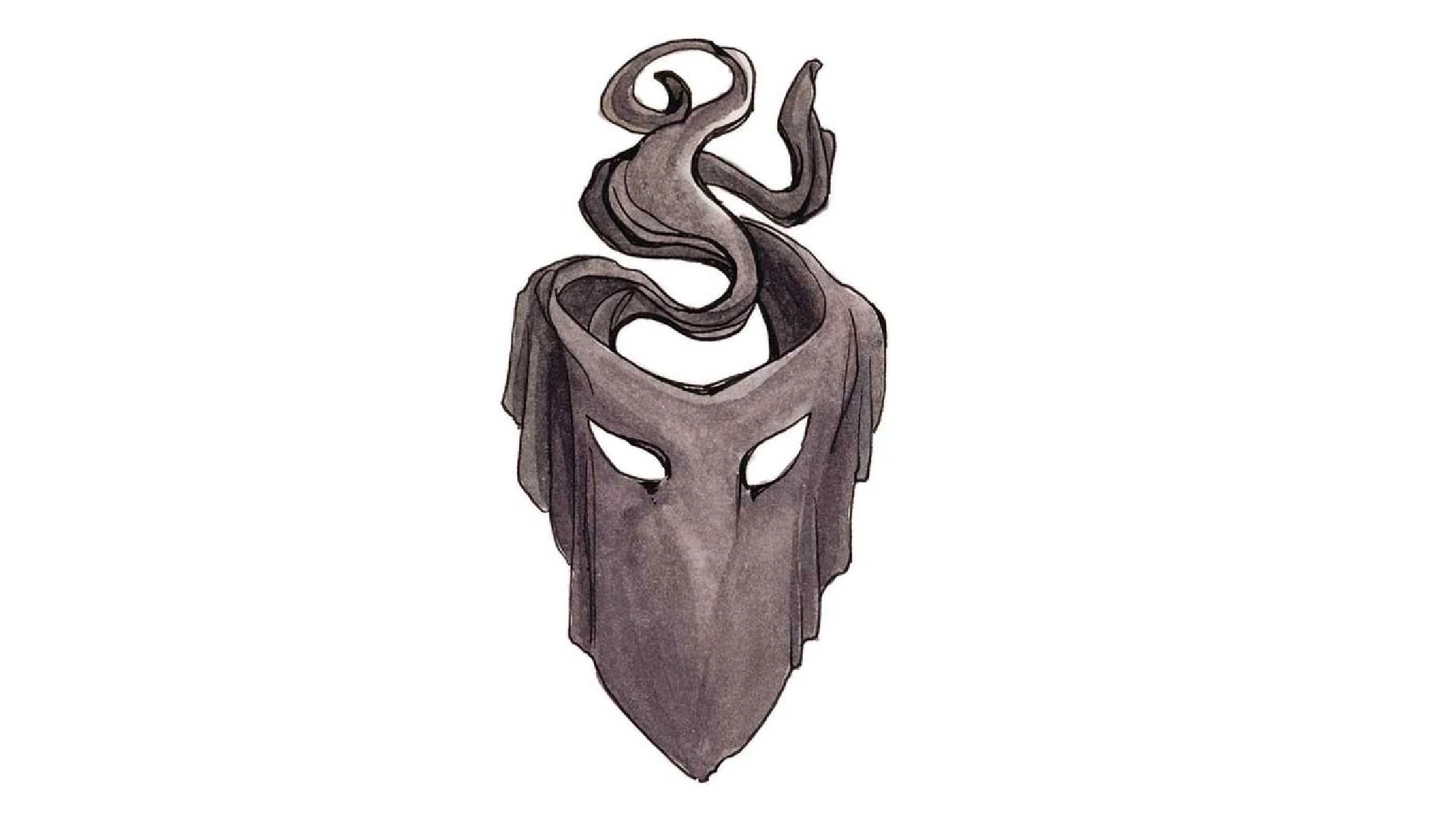
Mask is the god of thieves. He’s a chaotic neutral god and an option for clerics pursuing the trickery domain. While Mask prefers his own company and doesn’t have many allies, he has quite a few enemies since he’s all about thieves. This has him at odds with all gods of light, knowledge, and duty. His dogma is rather interesting as it encouraged gathering riches, but also encouraged only stealing what was necessary at the same time.
Working Mask into a character’s creation could be fun even if you don’t want to play a cleric or take any levels in cleric. He almost offers you a way to play a thief with some level of moral compass, which is mostly that you shouldn’t steal when it’s not necessary. However, worshiping a deity without being a cleric like that can be especially useful for new players who aren’t as familiar with roleplaying because it gives them a foundation to use when deciding on their actions.
6. Morning Lord Lathander

Lathander is a deity who got a bit of attention thanks to Baldur’s Gate 3, as one of the best weapons you can get in Act 1 is named after him. He’s a neutral good deity that can be chosen by a cleric in the light or life domains. Lathander is often seen as the god of the sun because of his symbol, but he’s actually the god of the dawn. This means that he’s associated with the potential of the new day. As a result, he’s worshiped by a lot of merchants and wanderers who hope that he’ll bless their new deals and new journeys. He doesn’t have a lot of enemies beyond God’s like Shar, who are the opposite of him, but he did earn Helm’s contempt for killing his lover.
7. Sune The Lady of Love

Sune is the goddess of beauty and passion. She doesn’t only look at beauty on the surface, but takes into consideration the beauty that can exist within the soul. She’s a chaotic good deity in the life and light domains. While she appreciates attention and flattery, she truly cares about her followers. She’s also terrifying. What makes her scary is her powerful charm magic and the sash she wears can be used as a +5 whip that has the chaotic, defending, keen, and shock properties. You don’t want to mess with this deity.
8. Hanseath The Bearded One
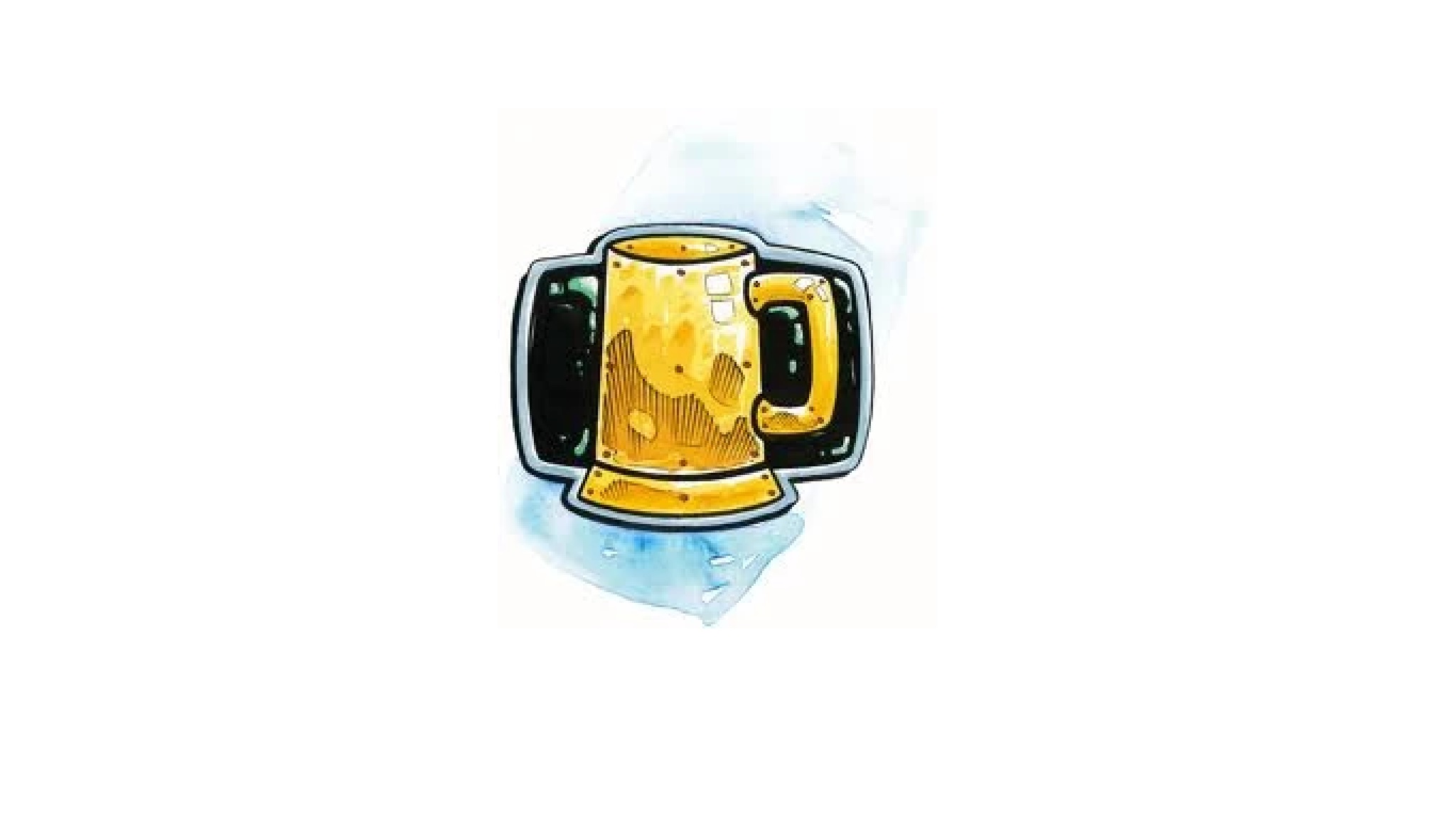
Hanseath is a god of both festivities and war, but he doesn’t appear much in DnD lore. If you’re a cleric, you can pick Hanseath as your deity for either the trickery or war domain. He’s chaotic neutral, and you’ll generally find his worshipers in the middle of a battle, so he could be a fun deity to worship if you have a warmonger character. What’s extra fun is that prayers to Hanseath take the form of drinking songs, which can be hilarious or annoying depending on your party.
9. Evening Glory The Deathless Beauty
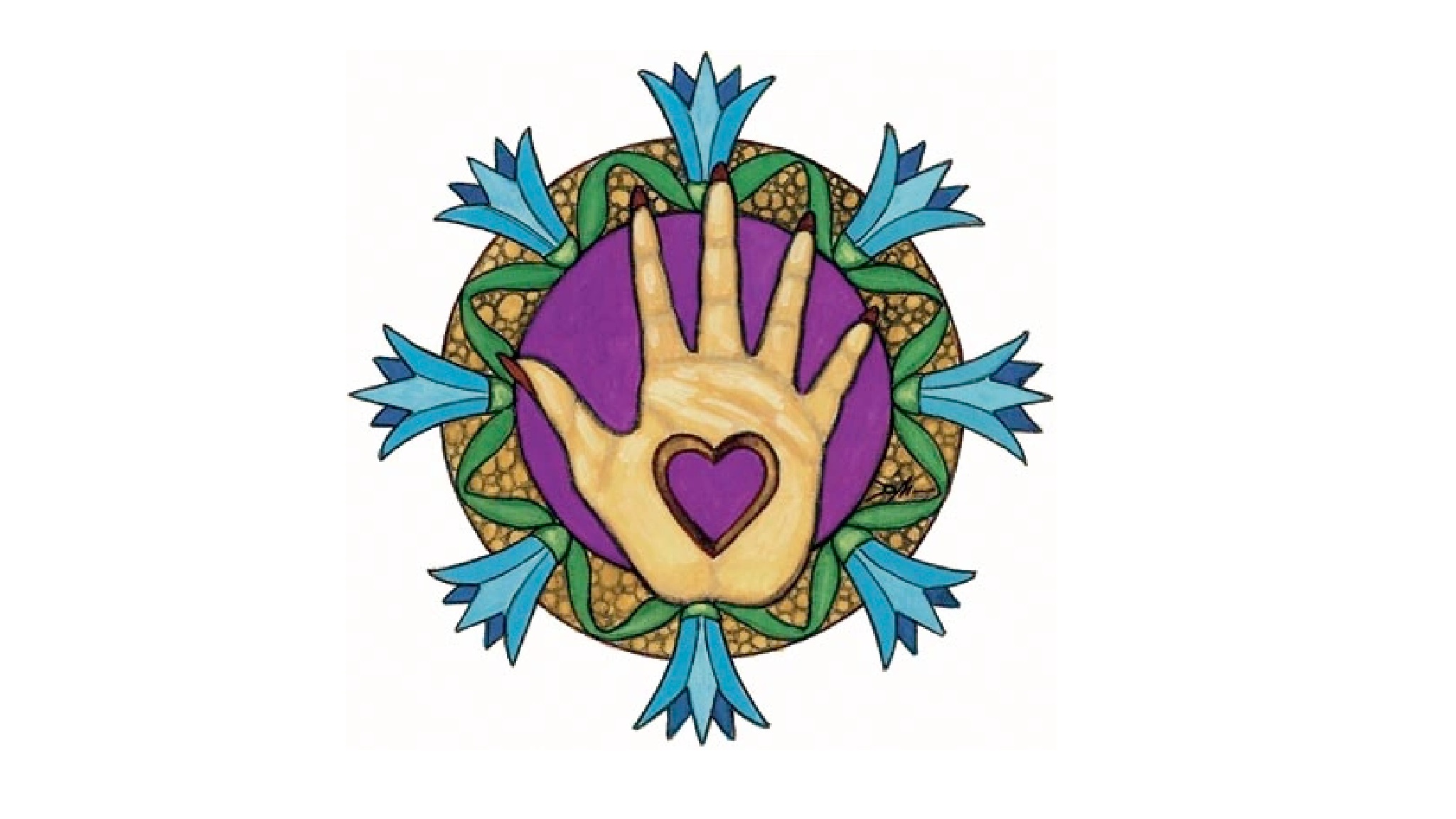
Unlike the rest of the deities on this list, Evening Glory is primarily worshiped by the undead. Her theme is seeking immortality through undeath, but also seeking the continuation of love and beauty past death. This made her a popular deity to worship for people who wanted immortality, but also for lovers who lost a loved one or feared losing a loved one to death. However, her domains don’t include death, and are instead charm, magic, and protection.
10. Vhaeraun The Masked Lord

Vhaeraun is another child of Lolth, like Eilistraee. However, he falls into the chaotic evil alignment. If you’re a cleric, you can worship him for the war or trickery domain, but he’s usually worshiped by drow males who want to rebel against the matriarchy. As a result, he’s another deity that could be difficult to work into a campaign if you want to worship him, but if you wanted to run a drow-focused campaign, having a player as his worshipper could lead to a really unique dynamic.
RELATED – 10 Low-Level Enemies to Add to Your Next D&D Campaign
Deities are only one way that you can add a unique flair to your character, and even use it as a basis for how to roleplay that character if you aren’t certain. Otherwise, you can also take a look at cantrips for another great way to add flavor and utility to your character.
The post 10 Most Interesting Deities in Dungeons & Dragons appeared first on ComicBook.com.

